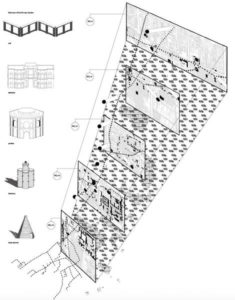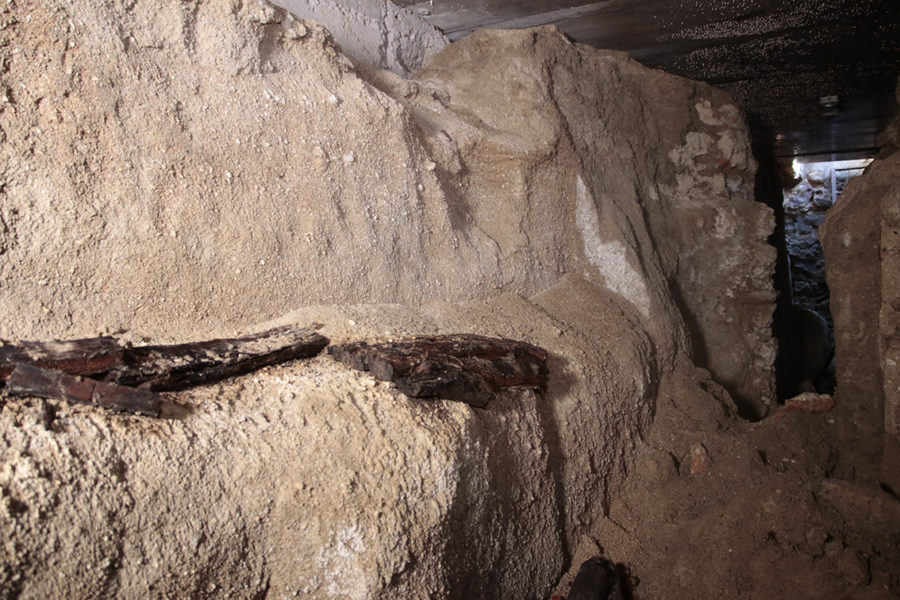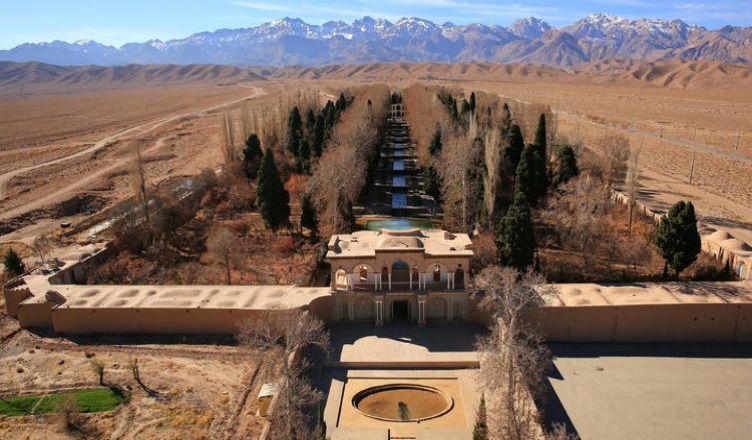Yann Lagarde (France Culture)
What if we put water fountains back in the centre of our cities in order to adapt to global warming? This is the initiative proposed by an Iranian architect, who wants to create urban oases by using the underground and millenary networks that underlie cities.

In a context of reinventing cities in order to cope with global warming, architect Sara Kamalvand has imagined an urban oasis based on a forgotten irrigation network.
Sara Kamalvand (S.K.), architect and urban planner, explains, “We need to invent new ways of preserving water in the cities, implementing garden and fountain projects, and finding means through which we might bring water to the surface to create new contemporary gardens.”
For Sara Kamalvand, the solution lies in archaeology. More specifically, in the soil of her native Iran.
S.K.: “I discovered an abandoned irrigation system, the qanat, which is the foundational basis of all the Iranian civilization, and which had been abandoned in Tehran since the 1960s. The region’s geographical context has developed high mountain ranges rising up to 5,000 metres.
Snow melt creates water reservoirs within the seismic faults. The qanat is a mechanism that allows groundwater to accumulate and passively bring it to the surface. It is thanks to the qanat that the first gardens were invented. The garden is life. It is also the beginning of the home. It is the beginning of the city. The garden is the basis of it all.”
A labyrinth beneath our feet

These galleries, dug 3,000 years ago, sink to a depth of 200 metres, forming an underground labyrinth hundreds of thousands of kilometres long, of which only a few shafts are visible on the surface of the desert.
“The garden is life. It is also the beginning of home. It is the beginning of the city. The garden is the basis of it all.”
S.K.: “It really is an infrastructure that has been neglected. People have completely lost the relationship that they could have with their infrastructure. This relies somewhere between archaeology and research. Regeneration is about connecting with ancestral knowledge in order to imagine the future. When you are an architect, you are engaged in a constant foresight exercise”.
To tap into this water resource, you first have to find out exactly where it is, without resorting to network plans or dowsing.
S.K.: “A lot of mapping work has been done around the historic gardens that used to be connected to the qanat. The real goal is to use the qanat as a reading tool to understand the city and to understand where the points were where water could be kept on the surface.
To bring this water to the surface, Sara designed a garden project in Tehran, with novel fountains fed by the qanat.
A filtering fountain project
There are more qanats in other cities that were once under Muslim rule, such as Palermo, Marrakech and Madrid. It is in the Spanish capital, which hosted Sara Kamalvand in the Casa de Velázquez, that the architect is preparing a project for a filtering fountain.

S.K.: “It is a fountain that will purify water, providing very high quality drinking water through a filtration system that uses augmented ceramics. It is ceramic mixed with silver powder. With this technique, even biological waste can be eliminated. The fountain is 14 metres high. Its surface uses filter plants at the same time, so it also turns it into an oasis of freshness.”
Through this enhancement of ancestral heritage, Sara Kamalvand has designed a tool to adapt cities to global warming.
Source: France Culture
This post is available in: English Español

